Pharmacists’ Life-Changing Role in Diabetes
and adherence to — this life-saving prescription. The issue led Democratic and
and adherence to — this life-saving prescription. The issue led Democratic and
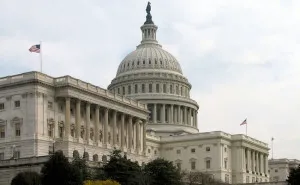
The community pharmacy profession was blindsided by the Trump administration last month when the Department of Health and Human Services issued the final rule that will govern the Medicare Part D and Medicare Advantage programs in 2020.
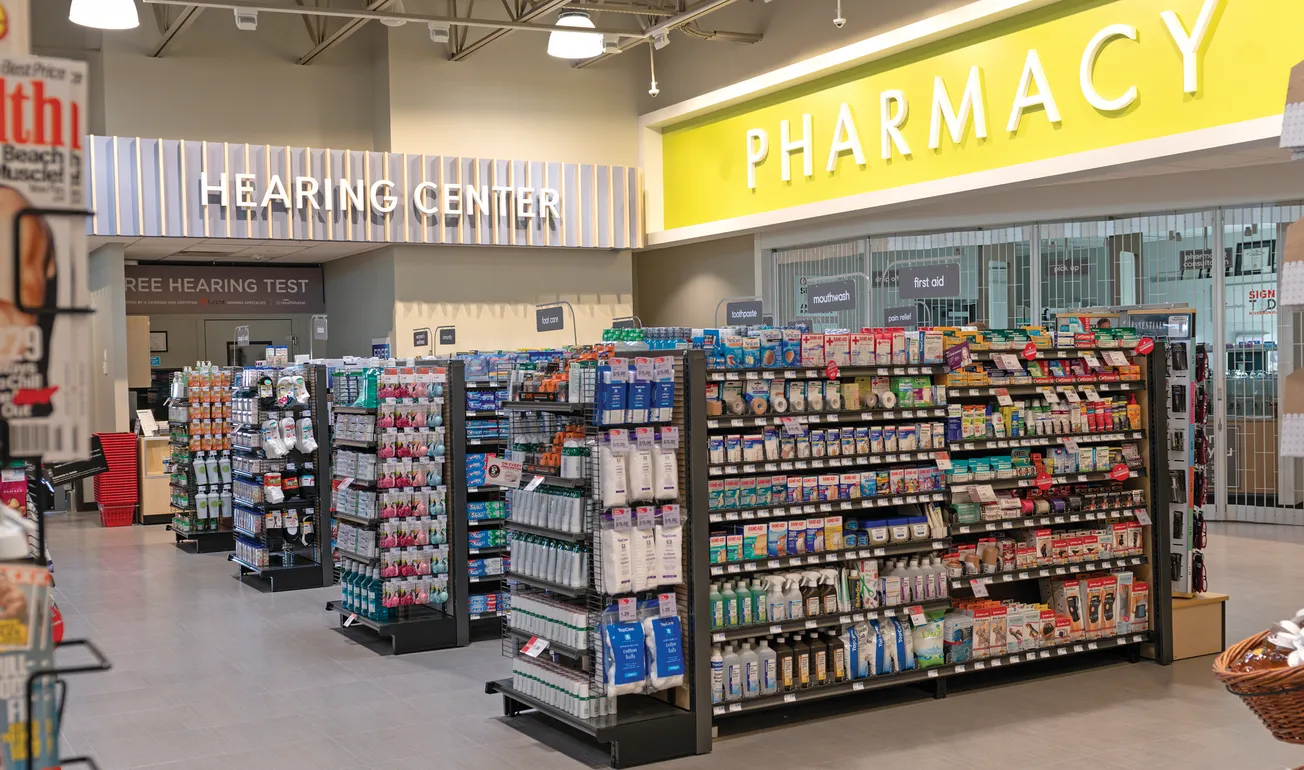
Hy-Vee Inc. in April reopened the 10 pharmacies it acquired in February from Weber & Judd, marking the end of that company’s 157-year history of dispensing drugs to customers in and around Rochester, Minn.
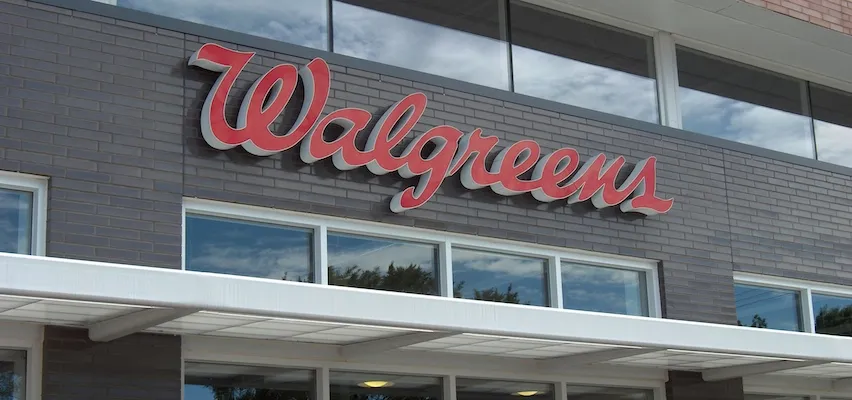
Walgreens this month announced it will train some of its pharmacists and other employees in understanding risk factors and warning signs for mental health and addiction concerns as well as strategies for helping individuals in crisis and noncrisis situations.

Research from the University of Illinois at Chicago shows that when pharmacies close, people stop taking widely used heart medications — like statins, beta-blockers and oral anticoagulants — that have known cardiovascular and survival benefits.

At the same time mindsets have shifted toward taking care of one’s personal health and wellness, the natural space has expanded and a variety of purported “better for you” and “free from” products have emerged in food, health, beauty, wellness and other lifestyle categories.

Bartell Drugs has begun delivering prescription medicines to three Seattle neighborhoods via a partnership with Nimble Pharmacy Inc., one of a growing number of companies offering delivery capabilities to independent brick-and-mortar pharmacies.

Community pharmacies are a pillar of neighborhoods today. The pharmacists in these pharmacies play a critical role in delivering health care to patients in their communities, as they have many more touchpoints with patients than insurance plans or other health care providers.
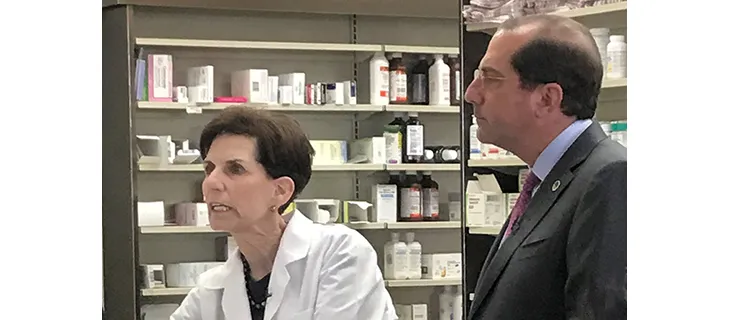
Pharmacy organizations have decried the government’s refusal to reform direct and indirect remuneration (DIR) fees in its new drug pricing rule.
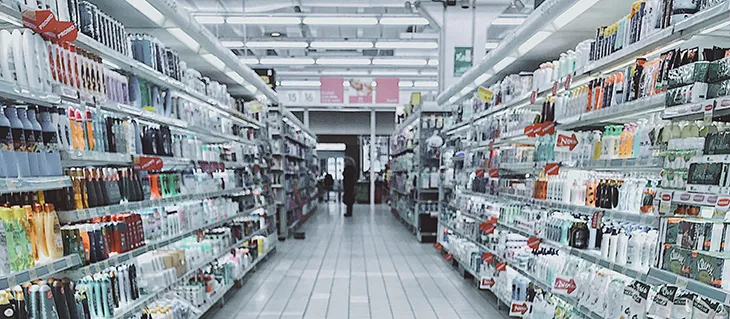
While retailing in the United States has hit a snag, one marked by a dearth of innovation and a scarcity of bold leadership, the state of the art elsewhere in the world is alive and well. While traditional retailers have for now run out of new ideas, the art itself is thriving. Examples abound. In

In chain drug today, there are few terms that are as buzz-worthy as artificial Intelligence (AI) and blockchain.


Technology is playing a big role in the supply chain and how important data is collected and shared. One of the top companies in this area is SupplyHive.